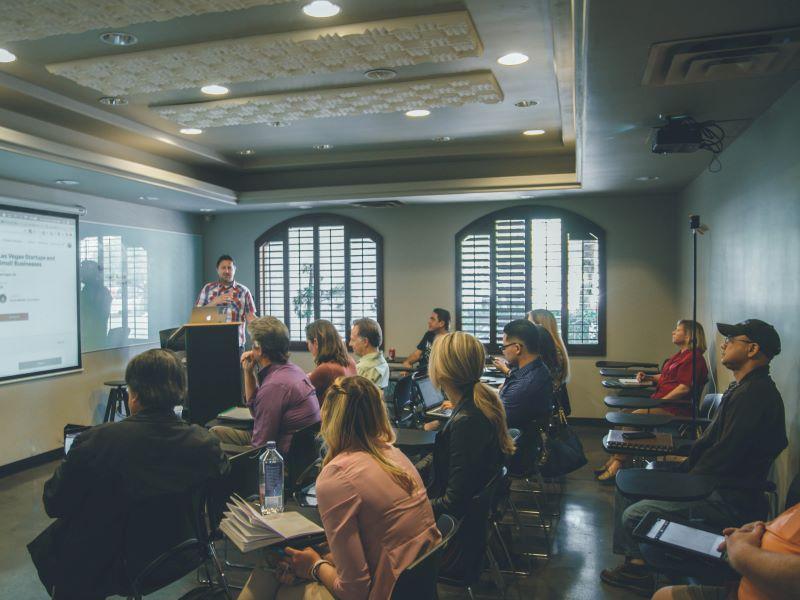While welcoming about 90 per cent of our students back to campus last autumn, we still needed to ensure equitable and quality education for those remaining online. The 10 per cent working remotely are mostly international students who are not able to return to China.
Our solution has been to offer a range of delivery methods to suit students’ needs: fully online, fully on-site, or blended. Blended teaching was, by and large, new to us, but we’ve discovered ways to make it more effective:
Implement more student feedback
Before the pandemic, we asked students for feedback once the module was finished but this primarily benefited the next cohort of students. Now, we have a three-layer feedback system: weekly voluntary feedback from students via the online learning management system, monthly meetings between student representatives and the head of department, and two school-level surveys per semester. We can now address concerns early and improve courses throughout.
Use online technology to enhance on-site teaching
Incorporating elements of online technology into on-site teaching helps keep students engaged and empowers them to learn at their own pace. Some students appreciate the ability to view recorded lectures as many times as they like. This can be especially helpful for students whose first language is not English, the medium in which we teach.
Technology enables instructors to add multimedia elements such as videos into online lectures to better demonstrate concepts in a more interesting manner.
Ensure connections
Interaction is an important part of the educational experience, whether a student is online or on-site. For our students unable to be physically on campus, we’ve used technology to replicate interactive experiences key to the teaching and learning process.
One of these interactions is the tutorial. Because our online students are scattered around the globe in different time zones, attending and participating in real-time lectures can be difficult. To address this issue, we’ve implemented virtual live tutorials where they can join their instructor and classmates. This gives online students the chance to ask questions and enables smoother collaboration.
We have some modules that are almost entirely online despite many of their students being on campus. In these cases, we encourage instructors to include an on-site aspect to the module so that students who are able to can meet the teacher and each other physically.
- Resource collection: The post-pandemic university: how to serve the Covid generation
- Resource collection: Higher education goes hybrid
- Hyflex learning: what, why and how
The teacher is in
Online lectures give students more freedom, but this is a double-edged sword – some find it hard to find the motivation and discipline to make the most of virtual lessons.
To help, we’ve increased the number of office hours offered by our staff, both online and in person. Usually, students will try to get a lecturer’s attention after class to ask them some questions. Now academic staff are equipped to deal with a lot more one-on-one queries, and we urge students to take advantage of this. If the increase in office hours still isn’t enough, we’ll increase them further.
Internship and job opportunities for students abroad
Just because a student cannot currently return to our campus does not mean it’s impossible to arrange internships and job opportunities for them. We have found ways to bring these opportunities to students, wherever they are located.
For example, we organised internships with the Indonesian affiliates of Chinese companies Midea and JD for a cluster of students in Jakarta, Indonesia.
This summer, we are organising online consulting projects. Under the close supervision and coaching of International Business School Suzhou faculty, international teams of students will advise firms on business-related issues such as marketing and business development. The companies’ reception to this idea has been positive.
We have done more than turn lemons into lemonade. We have found ways to effectively and proactively blend on-site and online elements to benefit all students through the best of both worlds.
We believe blended learning is the way of the future and the virus has simply accelerated the move in that direction.
Eddy S. Fang is deputy dean and senior associate professor in the Department of Intelligent Operations and Marketing, and Ewout van der Schaft is professor in management and associate dean of international affairs, both in the International Business School Suzhou (IBSS) at Xi’an Jiaotong-Liverpool University.
Patricia Pieterse is senior English writer and editor at Xi’an Jiaotong-Liverpool University.




comment